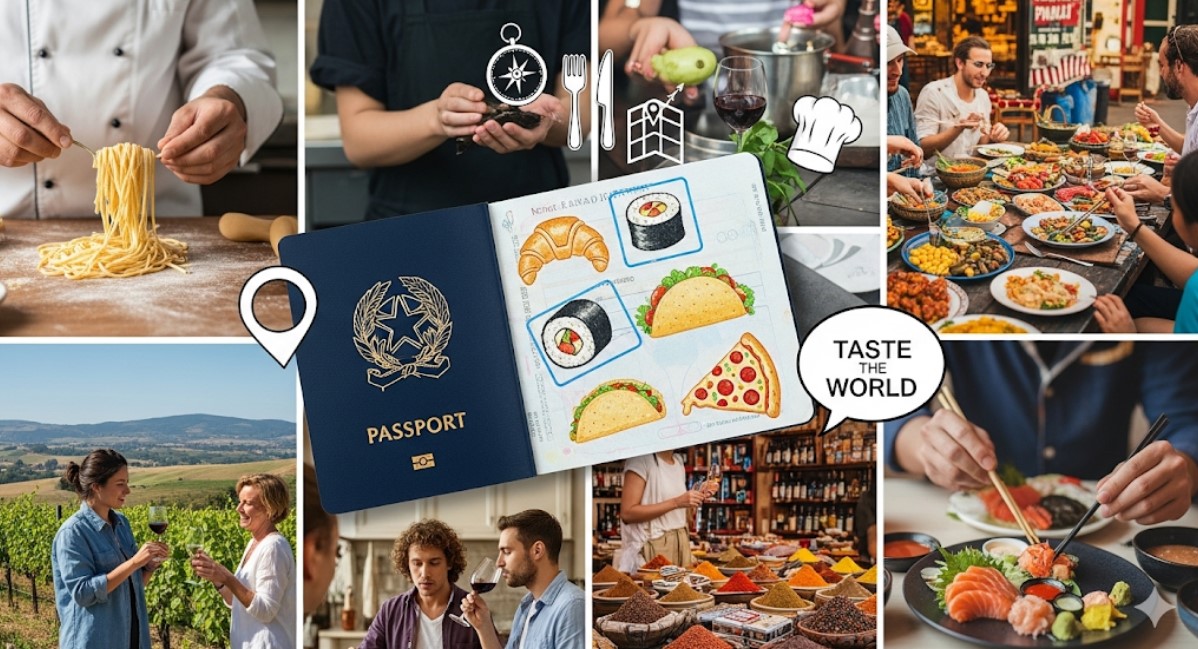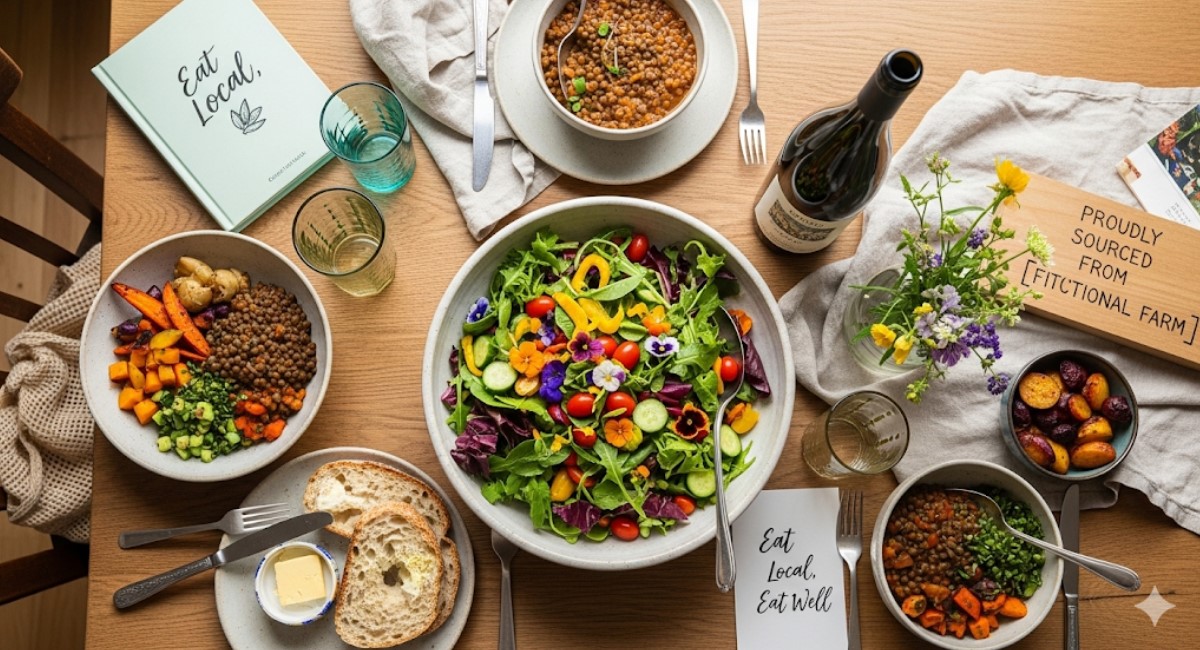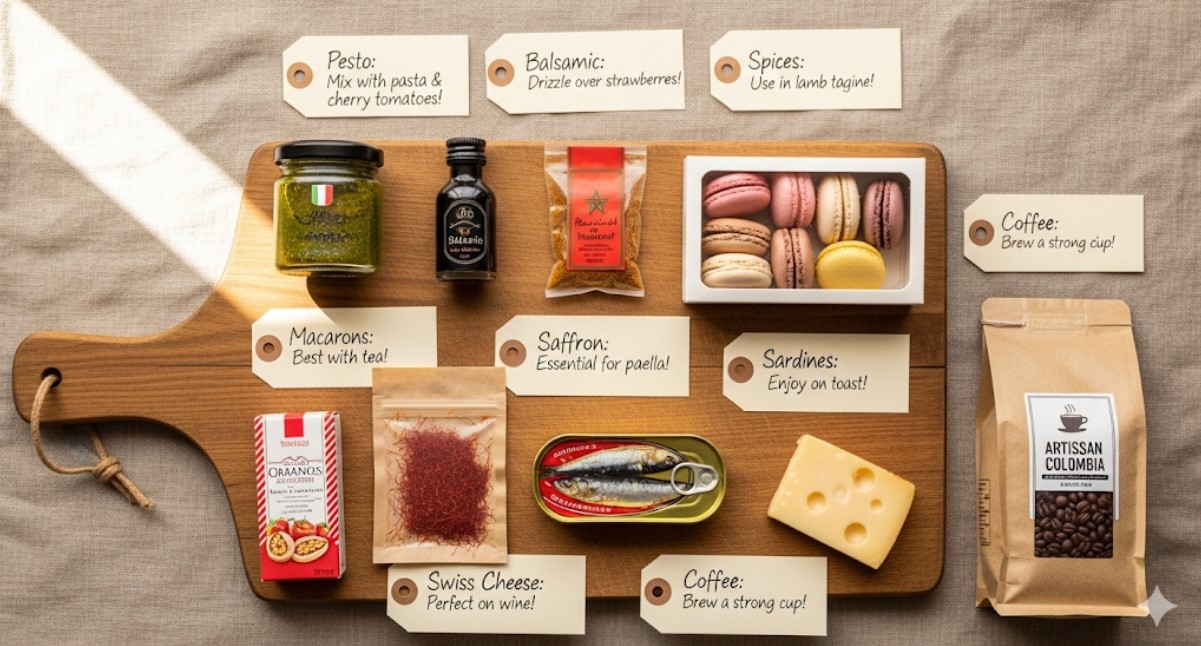From bustling night markets in Southeast Asia to rustic vineyards in Italy, food can be the most memorable part of any journey. Culinary travel combines the joy of exploration with the delight of tasting local specialties, immersing you in diverse cultures through their flavors. Whether you’re a seasoned gastronome or simply curious about tasting your way around the globe, this guide will equip you with everything you need to plan, experience, and cherish your next food-focused adventure.
Why Culinary Travel Matters
Food is far more than sustenance; it’s a window into a region’s history, environment, and traditions. When you eat the dishes locals love, you’re participating in stories that stretch back generations. Imagine savoring a centuries-old recipe at a family home in Andalusia, learning spice blends from a matriarch in Rajasthan, or foraging wild mushrooms with experts in the Pacific Northwest. Culinary travel creates connections with communities and fosters deeper respect for both people and place, making your trip unforgettable on every level.

Planning Your Flavor-Focused Journey
A successful culinary trip begins long before you board the plane. Start by defining your priorities: Are you chasing street-food thrills, fine-dining luxury, or immersive agritourism? Set a realistic budget that accounts for food tours, cooking classes, and market visits. Research destination seasons for peak produce—think truffle hunts in fall or grape harvesting in late summer. Next, book expert-led experiences well in advance, as small-group cooking classes and guided tastings often sell out. Finally, prepare your palate by brushing up on local ingredients and cooking techniques, so you can dive right into regional specialties upon arrival.
Top Destinations for Food Lovers
1. Tokyo, Japan: A world-renowned hub for sushi, ramen, and kaiseki cuisine. Explore Tsukiji Outer Market at dawn, learn the art of knife sharpening, and indulge in perfectly balanced omakase meals.
2. Oaxaca, Mexico: Home to seven moles, vibrant street stalls, and mezcal distilleries. Join a tlayuda workshop, visit family-owned mole factories, and sip artisanal spirits alongside local maestros.
3. Tuscany, Italy: Rolling hills dotted with olive groves and vineyards. Sample extra-virgin olive oil, take a hands-on pasta class, and enjoy lengthy cellar tasting sessions in medieval hill towns.
4. Marrakech, Morocco: A sensory explosion of spices and royal palaces. Wander the labyrinthine souks, dine in riads beneath starlit courtyards, and learn traditional tagine cooking techniques.
5. Provence, France: Lavender fields, perfumed markets, and sun-drenched vineyards. Picnic on artisanal cheeses and fresh baguettes, tour olive mills, and toast the sunset over Rosé wine tastings.
Finding Authentic Local Experiences
Rather than follow guidebook crowd-pleasers, seek out community-driven experiences. Use platforms that vet small operators, read recent traveler reviews, and connect with local food bloggers or expat groups online. Volunteer at an urban farm in Brooklyn, join a tea ceremony in Chiang Mai, or hitch a ride with fishermen in Portugal at dawn. By prioritizing local guides and family-run businesses, you help ensure economic benefit stays within the community and you gain genuine insights into regional life.
Embracing Sustainable and Ethical Dining
Responsible culinary travelers choose menu items that support farmers, reduce waste, and protect ecosystems. Look for restaurants certified by organizations like Slow Food or the Marine Stewardship Council, and practice the “farm-to-fork” mindset: visit organic farms, savor seasonal produce, and avoid single-use plastics. When dining on seafood, reference a sustainable seafood guide to avoid overfished species. Your choices not only enhance flavor but also help preserve food traditions and local environments for generations to come.

Navigating Dietary Preferences and Restrictions
Travel shouldn’t mean compromising your diet. Research local ingredient names—such as “lait” in French for dairy or “carnes” in Spanish for meat—to easily communicate your needs. Carry a custom dietary-translation card for allergies or restrictions, and download relevant mobile apps for on-the-go assistance. Seek out markets where you can buy naturally gluten-free, vegan, or nut-free products, and consider private cooking classes tailored to your preferences so you can learn dishes that align with your health goals.
Bringing the Flavors Home: Tips for Food Souvenirs
Preserve your culinary memories by sending home authentic ingredients and artisanal goods. Pack spices in vacuum-sealed pouches, bottle olive oil or vinegar in protective sleeves, and purchase cured meats or cheeses within airport security limits. Before buying perishable items, check customs regulations to avoid confiscation. You can also collect handwritten recipes, local cookbooks, or family farm certifications that tell the story behind each flavor—and share them with friends long after your travels conclude.

Conclusion
Culinary travel transforms ordinary trips into multisensory adventures that feed your curiosity as much as your appetite. By planning thoughtfully, engaging with local experts, and prioritizing sustainable practices, you’ll craft memories as rich and layered as the dishes you taste. So pack your appetite, embrace new flavors, and get ready to savor the world—one delicious bite at a time.








